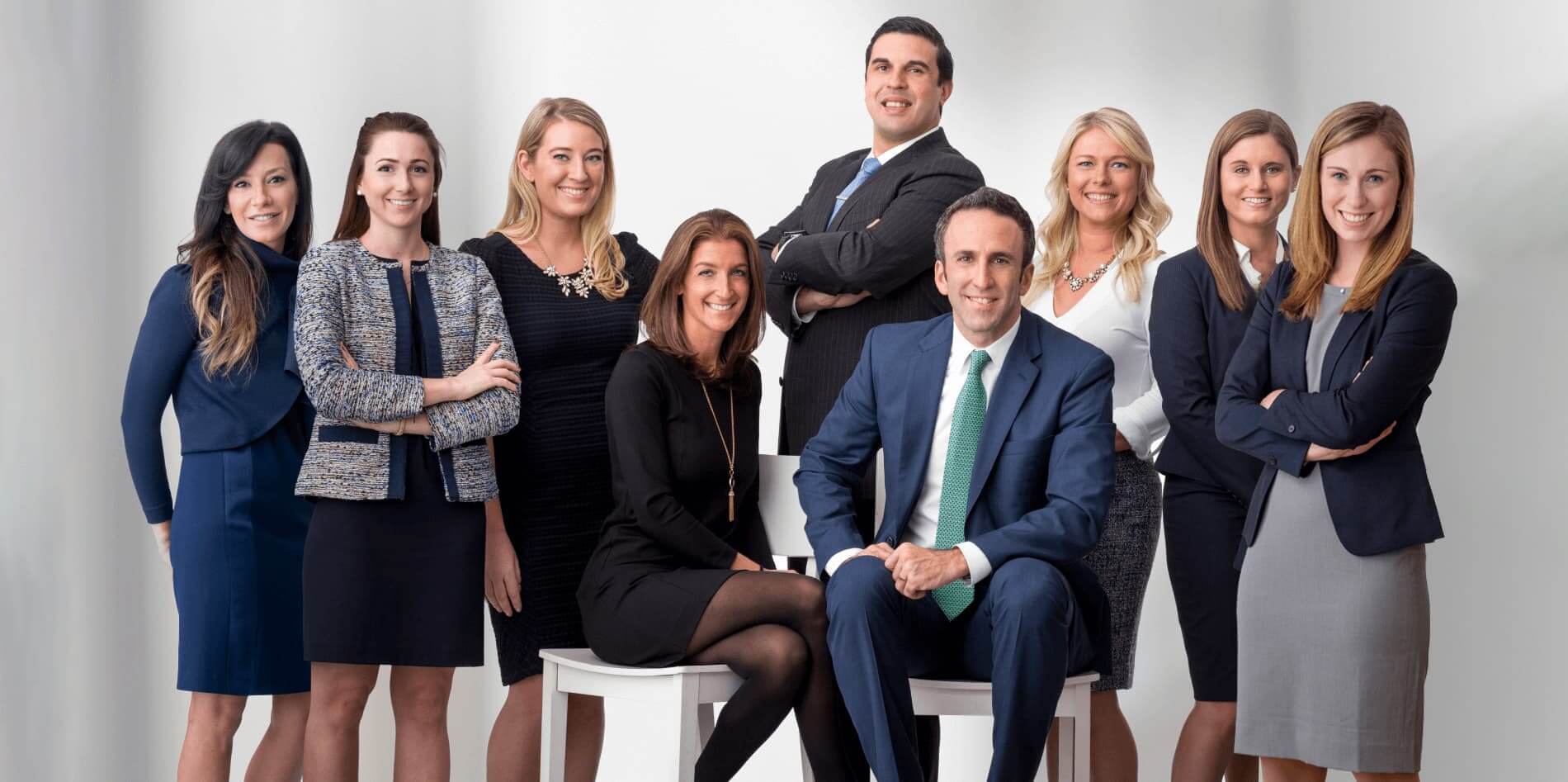Stamford Second-Degree Harassment Lawyer
Harassment in the second degree occurs when a person uses a telephone to address another person with indecent or obscene language; it occurs if they intentionally harass, annoy, or alarm another person via mail, electronically, or on the computer; and it occurs if they intentionally annoy or alarm another person on the telephone.
Commonly, second-degree harassment occurs when one party continues to call another party multiple times and the party who is receiving the phone call does not want to have any communication. In that situation, the party receiving the call is likely to be annoyed or alarmed.
Social media bullying behavior can be considered second-degree harassment. Therefore, if you have been accused of social media bullying, a Stamford second-degree harassment lawyer could help defend your rights throughout that trial process. Speak with an established harassment attorney to learn more about legal protection from the accusations you may be facing.
How Second-Degree Charges Differ From Intimidation Offenses
A person can be arrested for harassment in the second degree anytime they have repeated telephone or electronic communication with someone and that person is annoyed or alarmed by that communication. Typically, the alarmed person will make a report and the police will investigate. If they find that repeated communications occurred, they can initiate an arrest. This typically occurs after a break-up or a divorce, for example.
Understanding the Aggravated Harassment Statutes
The statute regarding harassment in the second degree is Connecticut General Statute 53a-181. There are also related charges that typically come with harassment in the second degree, which could include disorderly conduct, breach of peace, and electronic stalking.
Additional Connecticut statutes can complicate a harassment arrest by making the case more difficult to defend in court. When a person is arrested for second-degree harassment in addition to another charge, such as electronic stalking, it makes the case more serious as they are facing additional misdemeanor charges. Having multiple charges tends to make the case more serious, as the penalties and exposure to jail time are increased.
What is the Role of Public Social Media in Harassment Cases?
The case process differs between private communications and public social media interactions depending on the allegations. Typically, social interactions are more public and can be considered more likely to annoy or alarm someone because there are other people viewing the interaction, which could cause embarrassment. As a Stamford second-degree harassment lawyer knows, private conversations can have the same effect, but the intent to annoy or alarm might be negated if the alleged victim is actually engaging in the conversation and they are not simply a victim of social media posting.
The forms of communication that typically facilitate second-degree harassment can be social media, including Facebook, Instagram, Twitter, or any sort of social media that allows the parties to communicate with one another, message each other, or tag each other. Email communication also can facilitate a second-degree harassment charge, as well as texting, I-messaging, Skyping, making phone calls, and any sort of electronic communication between the parties.
Communicating With Stamford Harassment Attorneys
In Stamford, a criminal defense lawyer typically is limited to whatever information they can obtain from the police report. This can include any information that the alleged victim produces to the police department. They are also limited to whatever information they can obtain from a client.
This means that a Stamford second-degree harassment lawyer could request cell phone records, cell tower data, and social media communications from the accused, which might be able to prove the client innocent. Sometimes, that information can be obtained from the victim if the case proceeds to trial, but usually, the information is limited to whatever the defendant can produce to their attorney.












